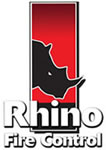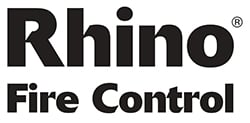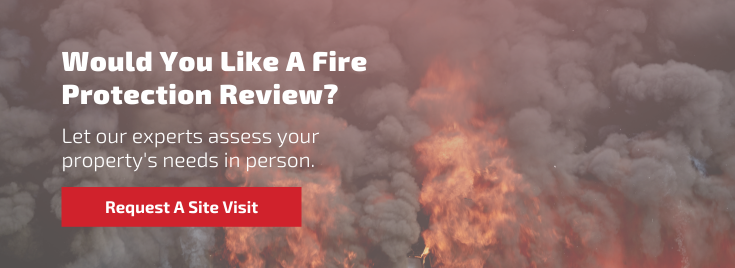
What are the 5 types of fire extinguishers used in the UK?
Because fires themselves differ, it is vital to have the right fire extinguishers to tackle them. There are five basic types of fire extinguishers used in the UK to match the main classes of fire, denoted by Classes A, B, C, D . Do you know what type of fire extinguisher you will need? Do you know what type of fire extinguisher is used for electrical fires for instance? Understanding what extinguisher is best for each fire can most definitely save lives.
Each extinguisher type is designed to fight a different category of fuel. Extinguishers also come in different sizes and weights to suit different spaces and risk profiles. If you fail to select the proper type of extinguisher you will be unable to tackle fires effectively and may be in breach of legal regulations.
1. Water
Water extinguishers have a red label and are intended to tackle Class A fires, which involve solid combustible materials such as paper, wood and textiles. Water extinguishers can have jet, spray or fog nozzles. Jets must not be used on fires where electricity is involved to avoid the risk of shock. Some water mist extinguishers are approved for inadvertent use on live electrics - however, always consult the extinguisher instructions first. Water extinguishers are not effective on liquid fires and can make them worse.
2. Foam
Foam extinguishers have a cream label. They are also suitable for Class A combustible materials but are best used on Class B fires - those involving flammable liquids like paints or solvents, as well as fuels like paraffin, petrol, or diesel. The foam works by covering the surface of the burning liquid, depriving it of air and preventing flammable vapour from emerging. However, foam extinguishers should not be used on free-flowing liquids.
3. Dry Powder
Dry powder extinguishers are marked with a blue label. As well as Class A and Class B fires, they are capable of countering fires involving flammable gases like butane and methane (Class C). They can also tackle fires involving metals like lithium and potassium (Class D). Although they are suitable for use on live electrics, powder extinguishers may cause additional damage to sensitive electronic equipment. Unless it is unavoidable, powder extinguishers should not be used inside buildings. The powder tends to reduce visibility and can also cause breathing problems.
4. Carbon Dioxide
This is where we answer the question 'What type of fire extinguisher for electrical fires?' Bearing a black label, carbon dioxide (CO2) extinguishers work by cutting off oxygen to the fire. They are the best option for fighting electrical fires and are therefore a good choice for offices or server rooms. Unlike other types, CO2 extinguishers leave no residue and therefore avoid unnecessary damage to surrounding equipment or facilities. They are also effective on flammable liquids.
5. Wet Chemical
Wet chemical extinguishers have a yellow label and are the best choice for fighting Class F fires, involving oils and fats used for frying or chip pans. They are therefore an important fire safety installation for commercial kitchens, though fire blankets are also effective here. When properly used, wet chemical extinguishers are highly efficient, rapidly putting out flames and cooling burning fats. The chemical composition reacts with the burning materials to form a sealed surface that prevents reignition. Wet chemical extinguishers will also work on wood and paper (Class A) and flammable liquids (Class B).
Find Out More
If you're researching fire extinguishers for your building or business, it's important that you know which types to choose. You can get more information and expert advice by contacting Rhino Fire Control today.
Image source: Canva



